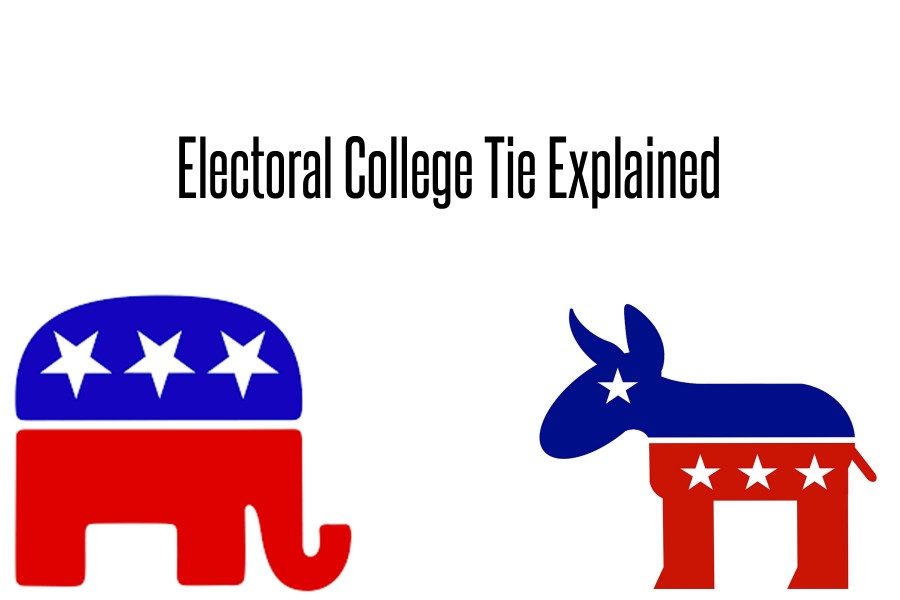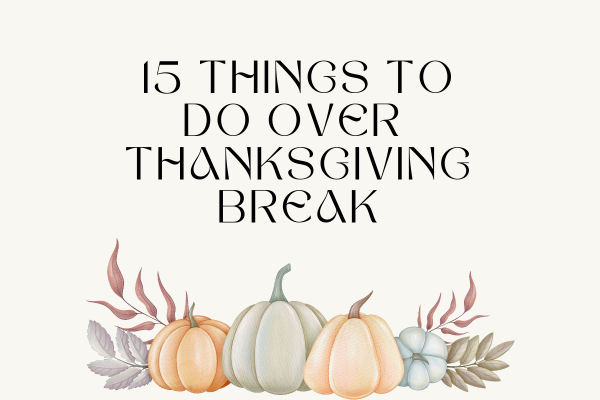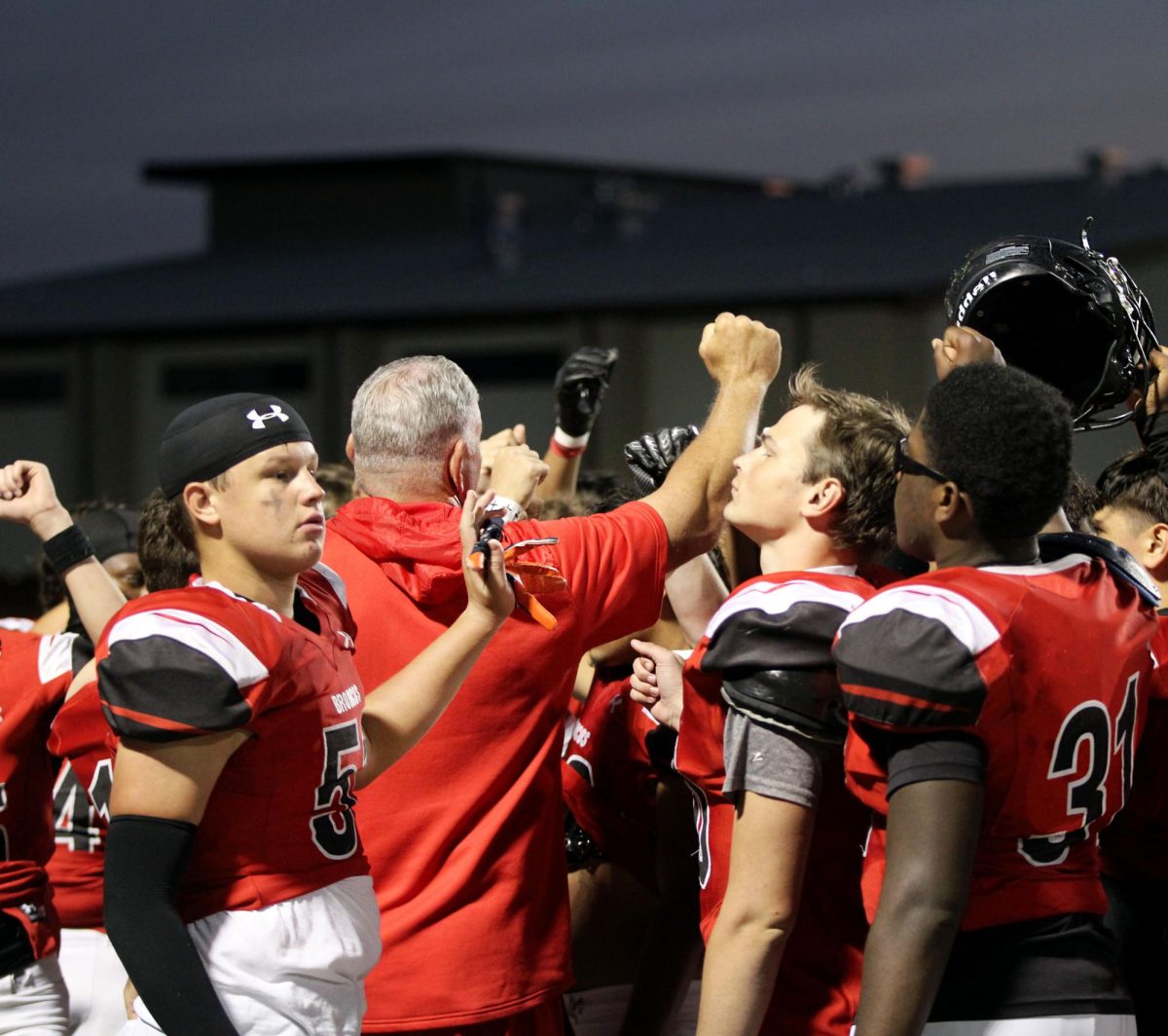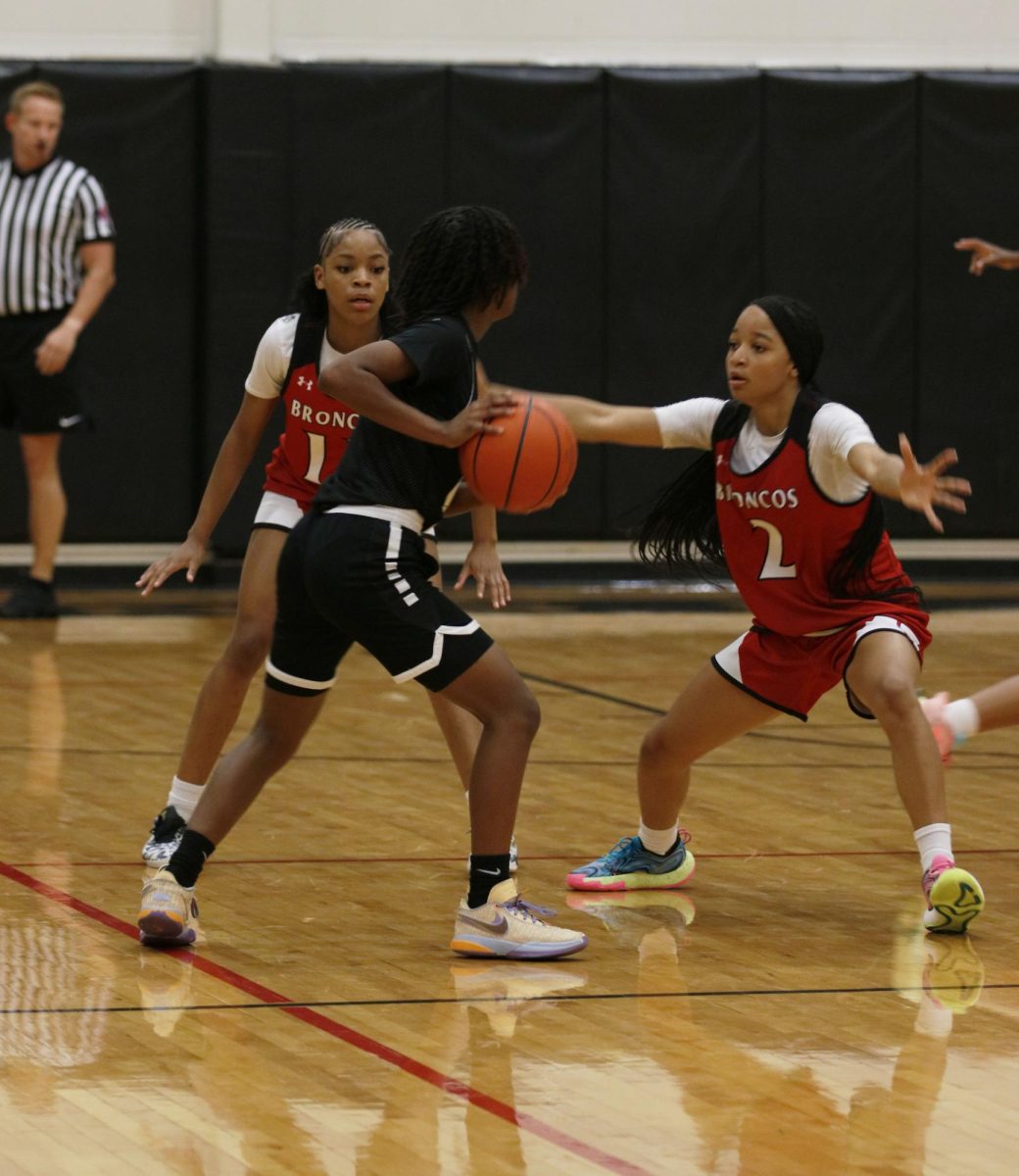The following story is from The Politician, The Rider Online’s political newspaper.
From “trumped-up, trickle down economics,” Donald telling his supporters to vote Nov. 28, Hillary’s orange pantsuit that screamed “Hillary for prison,” to Donald mixing up 7/11 and 9/11, this election has been everything except ordinary. For the majority of the election, Hillary Clinton dominated the polls. For a while, people thought she would be able to sit back and relax and still clinch the title of “Madam President.” Clinton even tweeted herself on her birthday, wishing “this future president” a happy birthday.
Unfortunately, things haven’t been that easy for “Crooked Hillary.” The FBI recently reopened her email investigation after discovering new emails that may be linked to classified information involving the Anthony Weiner case involving illicitly texting a minor. This reopening of the case came months after the closing of the Clinton email scandal case with no charges placed against the Democratic presidential candidate. With the reopening announcement made extremely close to election day, the Clinton campaign has been scrambling to ensure voters she isn’t guilty.
The Clinton campaign’s efforts may not be enough though. After news of the case reopening, Trump surged in the polls, suggesting that it may not be that easy for Clinton to win by a landslide anymore. With this tight of a race, we are faced with an issue: “What happens if there is a tie between Clinton and Trump?”
To become president, you must win 270 electoral votes out of the 538 electoral votes distributed to each state by population and Washington D.C. Since 538 is an even number, it makes it possible for a tie. In the case of a tie, the 435 members of House of Representatives gets to decide. The members of the HOR are divided up by population in the states. But with voting for the tiebreaker, each representative doesn’t get a vote: each state only gets one vote. Each state’s representatives must come to a consensus on how they are going to use their one vote.
This disproportionate system means the nine states that contain over 50 percent of the population only has 20 percent of the vote in the tie, while the states that contain less than 50 percent of the population get 80 percent of the vote.
In the case that there are more than two candidates running (which there are) and nobody gets the majority vote, this system is also used. If small states favor the third party candidate, their electoral votes could actually make him/her president despite the majority of the United States’ population disfavoring him/her.
The candidate who wins this tiebreaker doesn’t get to pick their vice president to come along, however. The Senate gets to vote for and pick the vice president. This could cause a president and a vice president duo from two different parties.
This whole system isn’t guaranteed to work though, the Senate has 100 members and the HOR have 50 votes- both even numbers. Although highly unlikely, those may end up in ties too. If the Senate is able to pick a vice president but the HOR hasn’t decided the president, the VP will reign as a temporary president until one is decided upon. If neither the Senate or HOR can decide, Paul Ryan, the Speaker of the House, would act as president until they decide.
As if the whole election wasn’t already chaotic, the whole thing ending up in a tie will probably cause the 2016 election top my list of the craziest elections ever. Despite this, I urge everyone to use their right to vote. Your voice matters and although you may feel like it may be small, added up it could change the course of this historic election. Vote early until Nov. 4 or vote on election day, Nov. 8. Find your local polling place here. Good luck, America.










